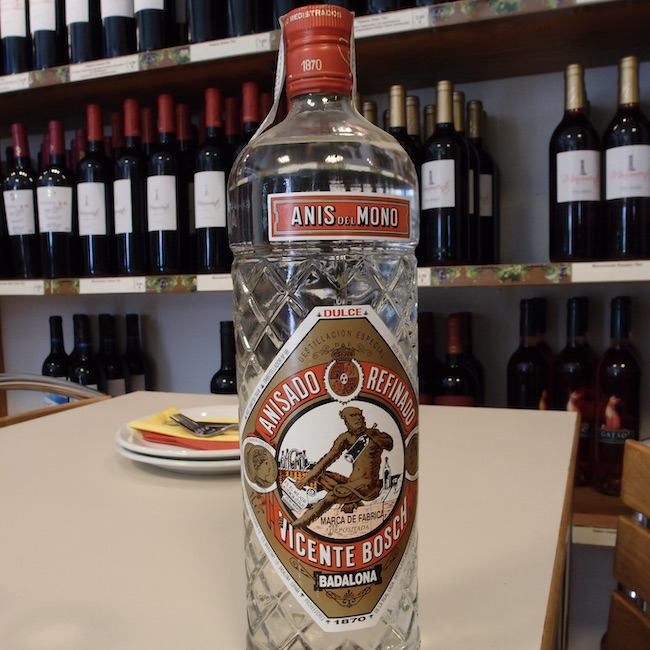.png.transform/rendition-xs/image_image%20(1).png)
Anisette
The spirit known as anisette belongs to the group of anise-flavored spirits whose consumption is deeply rooted in the culture of Mediterranean Europe
The term anise is used in horticulture and gastronomy to designate several plants of Asian and Mediterranean origin and their fruits. Besides being used in cooking, these species are also used to flavor beverages and distilled to produce liqueurs.
Anise-flavored spirits are produced by flavoring an ethyl alcohol of agricultural origin with natural plant extracts that possess the characteristic fragrance of anise, such as star anise, green anise, and fennel.
However, in order to call a spirit "anisette," the aroma must come exclusively from green anise, star anise, fennel, or any combination of these. In addition, its minimum alcohol content must be 35% vol., and only very specific natural flavoring substances and preparations may be added to the product.
History of anisette
The different plants that give anise its aroma have been cultivated for a long time, starting with star anise, originally from Asia Minor, which in use two thousand years before Christ. Anise would become one of the most popular medicinal and gastronomic plants in Greek, Roman, and Arab cultures; from the latter we inherited the terms matalahúva and matalahúga to refer to green anise. In fact, its cultivation has been so intensive and widespread over the centuries that it is now almost impossible to find it in the wild.
In the 16th century, it would be the pharmacist, physician, and botanist Valerius Cordus who dedicated himself to the study of how to obtain the essence of green anise for medicinal uses. This essence contains anethole, the substance that gives star anise, green anise, and fennel the characteristic milky flavor and color that the beverage obtains when mixed with water. In Spain, the fruit of the different plants called anise has been used to create alcoholic beverages since the 17th century, although it was not until the end of the 19th century and the beginning of the 20th century that the method employed to obtain the essence for use in flavoring was significantly improved. This is when its consumption began to become popular in Spain.

Types of anisette
Depending on the proportion of sugar contained in the beverage, anisette may be classified as dry, semi-sweet, or sweet and thus vary in taste. Dry anisette contains practically no sugar, which gives it notable strength. Semi-dry anisette has a sugar content of between 50 and 200 gr/l, and the so-called sweet anisette has a sugar content of more than 200 gr/l.
The minimum alcohol content of anisette must be 35% vol., and only very specific natural flavoring substances and preparations may be added to the product.
